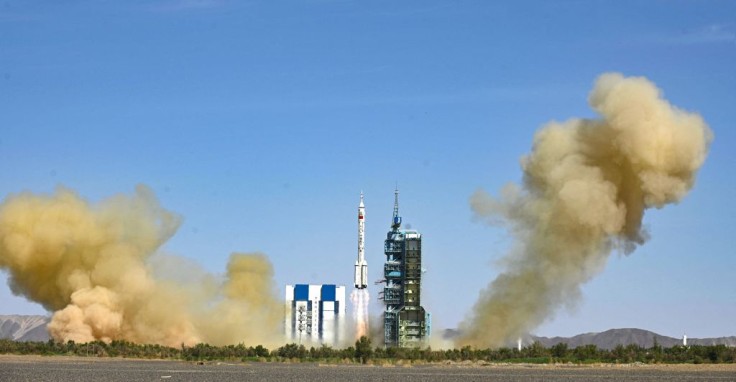China's Manned Space Agency (CMSA) announced on Sunday that it successfully launched another manned mission to its new space station, sending three astronauts to continue construction work for six months, according to the news report of CNN.

The crew launched the Shenzhou-14 spacecraft from the Jiuquan Satellite Launch Center in Inner Mongolia's Gobi Desert.
Before returning to Earth in December, the team will spend six months living and working in the Tianhe core module of the Tiangong Space Station. Tiangong means "Heavenly Palace".
Chen Dong, Liu Yang, and Cai Xuzhe are among the crew members, and they are scheduled to dock with the space station approximately 6.5 hours after launch.

What Are the Objectives of the Shenzhou-14 Mission?
This is the third crewed mission of the space station's construction, which China hopes to have completely crewed and functioning by December this year, as per CNN.
The crew of Shenzhou-14 will assist with the docking, setup, and testing of the two laboratory modules, Wentian and Mengtian, which will launch in July and October, respectively. Engadget mentioned that Chinese astronauts will be able to undertake microgravity and life science research using the modules.
Engadget additionally reported that the Shenzhou-14 crew will execute repeated EVAs to prepare the station for expansion after the country accomplished its first-ever tandem spacewalk last year.
Meanwhile, it was also reported that two to three spacewalks will be performed by the astronauts. Another three astronauts will rotate and reside with the crew for five to ten days at the end of the Shenzhou-14 mission, bringing the total number of Chinese astronauts in space to a record six.
The overall t-shaped structure will be about a fifth of the size of the International Space Station when finished, providing long-term lodging for three astronauts.
China's Other Plans to the Tiangong Space Station
As previously reported, the Tiangong's expansion will keep China busy for the next year. Citing the Zero Hedge report, it was said that a total of six missions into space will be made in 2022.
In late 2022, three more astronauts will be deployed onboard the Shenzhou-15 human-crewed spacecraft for a six-month stay in orbit.
The Tiangong space station is intended to last for 15 years after it is built. CMSA said China wants to send two crewed missions and two cargo missions to the station per year.
Space Race To Replace ISS
The U.S. has dominated space for decades, but there are indicators that this gap is beginning to shrink.
The race for space dominance appears to be shifting to a multi-polar arena, with the U.S. and its European allies competing against Russia and China.
Beijing invited international and commercial partners to the new station in April, while Russia is leaving the ISS.
Prior to the outbreak of the Ukrainian crisis, the Chinese National Space Administration and the Russian space agency Roscosmos signed a memorandum of understanding to work on the construction of an international lunar research station.









